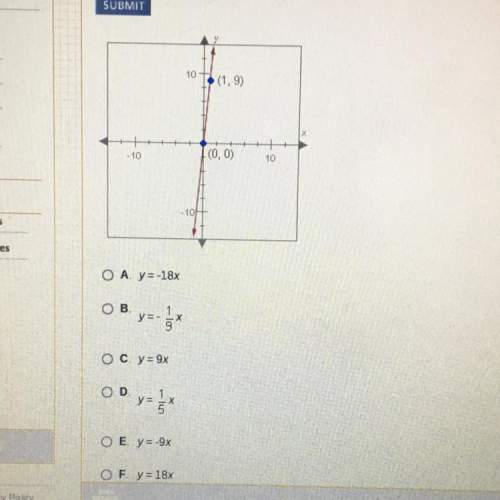Let i=∫∫d(x2−y2)dxdy, where
d={(x, y): 3≤xy≤6,0≤x−y≤7,x≥0,y≥0}
show that the...

Mathematics, 20.11.2019 17:31, ayoismeisjjjjuan
Let i=∫∫d(x2−y2)dxdy, where
d={(x, y): 3≤xy≤6,0≤x−y≤7,x≥0,y≥0}
show that the mapping u=xy, v=x−y maps d to the rectangle r=[3,6]×[0,7].
(a) compute ∂(x, y)/∂(u, v) by first computing ∂(u, v)/∂(x, y).
(b) use the change of variables formula to show that i is equal to the integral of f(u, v)=v over r and evaluate.
(a)∂(x, y)/∂(u, v)=
(b)i=

Answers: 2
Other questions on the subject: Mathematics

Mathematics, 21.06.2019 19:30, Animallover100
Write the sine and cosine values of a, b, respectively, in the figure for (1) and (2) + explanation.
Answers: 1

Mathematics, 21.06.2019 23:30, joelpimentel
Which choice has the correct steps in graphing the solution set to the following inequality? -45_> 20x-5y
Answers: 1

Do you know the correct answer?
Questions in other subjects:




Mathematics, 23.11.2020 20:10

History, 23.11.2020 20:10


Mathematics, 23.11.2020 20:10

Mathematics, 23.11.2020 20:10

English, 23.11.2020 20:10








